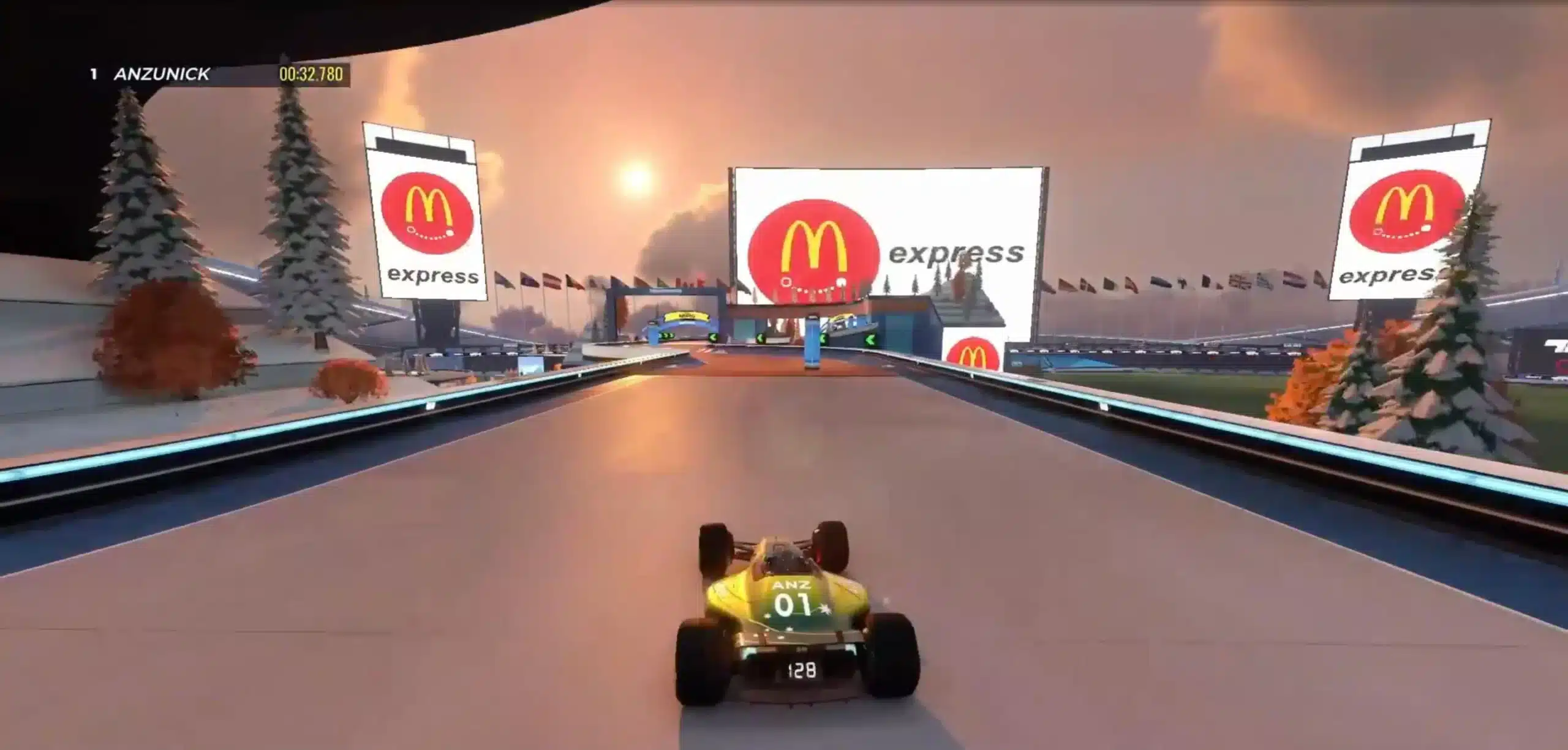
Digital Marketing: In-Game Advertising
A Growing Trend in Gaming Marketing
With billions of people gaming worldwide, video games present a huge opportunity for marketers to reach engaged audiences. In this case, in-game advertising, the practice of promoting brands and products within video games, is becoming an increasingly popular marketing strategy.
Understanding In-Game Advertising
In-game advertising involves inserting branded content directly into video games. This can include:
- Physical product placements: Similar to product placement in movies, real brands and products are incorporated into the virtual gaming environment.
- Branded billboards and signs: Virtual ads appear on billboards, buildings and other locations within the game world.
- Branded objectives: Games feature missions or objectives centered around promoting a brand or product.
- Branded skins: Brands sponsor custom character skins or gear for players to unlock.
Why Brands Use In-Game Advertising
Indeed, several factors drive the rise of in-game advertising:
- Huge scale – With over 2.7 billion gamers worldwide, games reach massive audiences of niche demographics.
- High engagement: Gamers spend many hours immersed in virtual worlds, making ads highly visible and hard to ignore.
- Novelty factor: In-game ads are a fresh way to reach audiences immersed in traditional TV, print and outdoor advertising.
- Interactive format: Gamers must actively interact with in-game ads to progress, resulting in higher brand recall and impact.
- Targeted demographics: Games appeal to specific demographics that brands seek to reach like Gen Z and millennials.
Examples of In-Game Advertising Campaigns
Following, many major brands are actively utilizing in-game advertising:
- Audi sponsored an interactive driving mission in the game “Need for Speed” to promote its RS7 model.
- Red Bull sponsored a multiplayer racing mode in “Need for Speed” and an extreme sports game “TABS” to promote its energy drinks.
- Budweiser sponsored a “Proving Grounds” game mode in “Fortnite” where players delivered digital beer to unlock rewards.
In conclusion, in-game advertising leverages the hyper-engaged nature of gaming audiences to deliver ads in an interactive, immersive format. Thus, as the global gaming market continues to expand, more major brands will look to in-game advertising to cost-effectively reach a vast, niche audience in a novel way. Moreover, while product placements and virtual billboards still dominate, advertisers are experimenting with more interactive, mission-based campaigns that integrate brands into the core gameplay.
